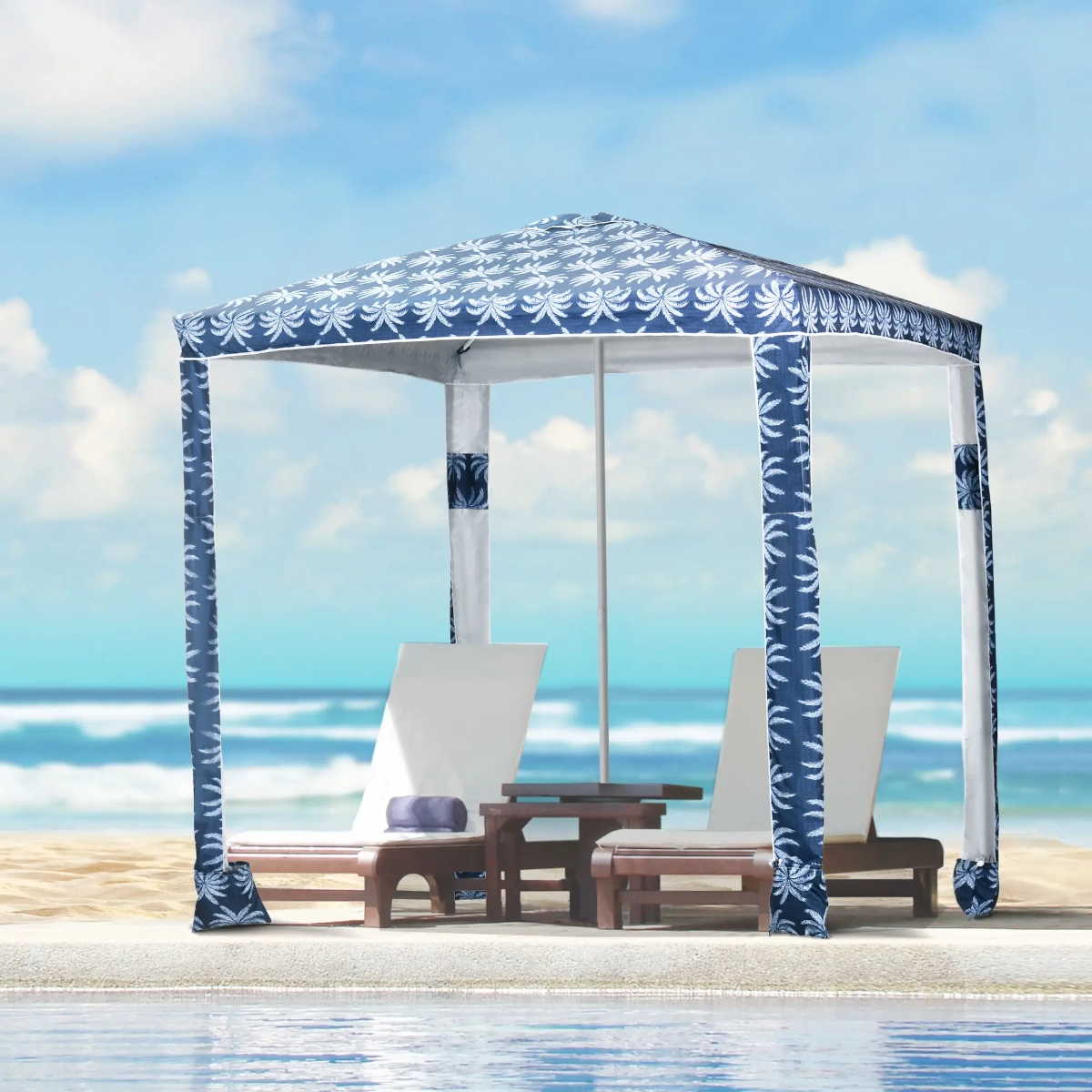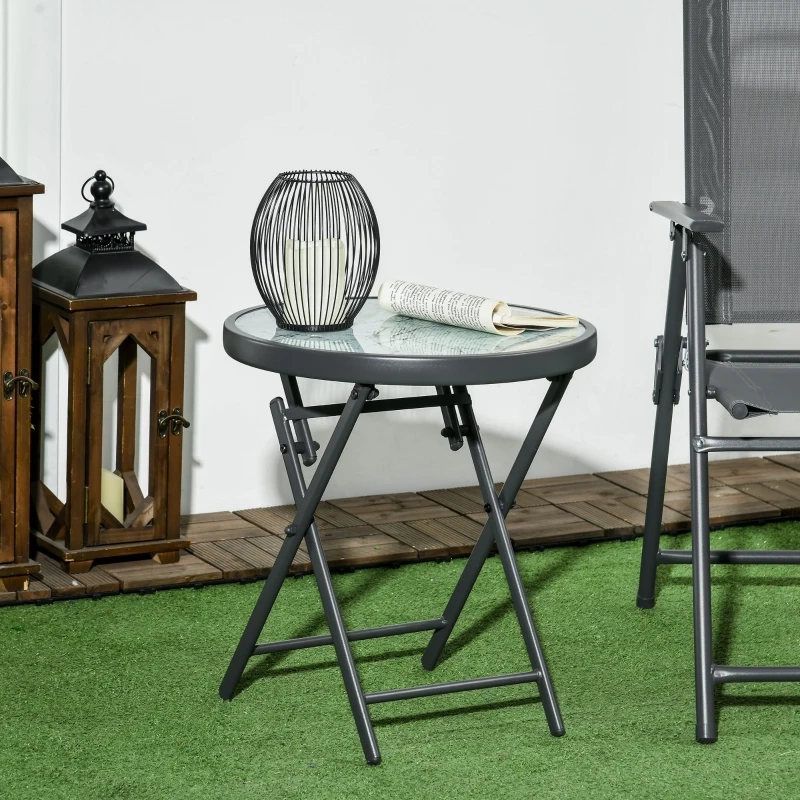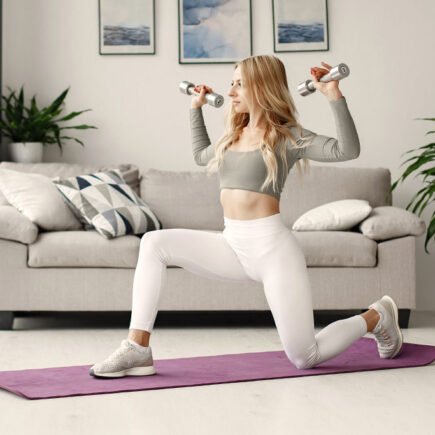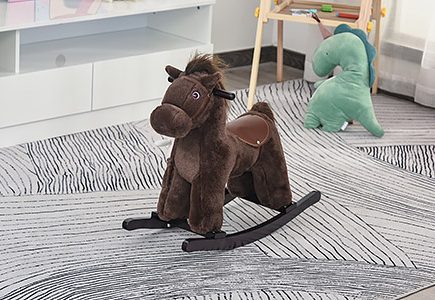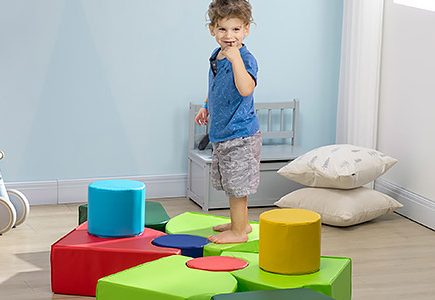The Science Behind It

The Greenhouse Effect: Basic Principles
At the heart of a greenhouse is the greenhouse effect, which operates through fundamental physical processes—thermal radiation and heat exchange. Sunlight enters the greenhouse and is absorbed by surfaces like soil, plants, and structure materials. This light is then converted into heat, which gets trapped inside, helping maintain a stable temperature that encourages healthy plant growth, even during colder weather.
A greenhouse harnesses the power of the greenhouse effect to create an ideal environment for plants to grow. Here’s how it works:
- Sunlight enters through the transparent material (like glass or plastic).
- The sunlight is absorbed by plants, soil, and surfaces inside the greenhouse.
- The heat is then radiated back out but gets trapped by the covering material, preventing it from escaping.
- This trapped heat keeps the temperature inside the greenhouse warmer than the outside air, providing a stable environment for plants to thrive.

Tip: This mini greenhouse is the perfect solution for growing plants, flowers, and vegetables in small spaces, whether indoors or outdoors. Its three-tier design provides ample space for seedlings while allowing proper airflow, and the sturdy metal frame ensures durability. The transparent plastic cover protects plants from cold weather and pets while still letting in sunlight for healthy growth. With removable shelves and a portable structure, this greenhouse is a versatile and convenient choice for both beginner and experienced gardeners.
The Greenhouse Effect: Nature’s Own Temperature Control

The magic of a greenhouse lies in the greenhouse effect. Here’s how it works: sunlight enters through the transparent covering (glass or plastic), where it’s absorbed by plants, surfaces, and soil inside. This energy is then radiated back in the form of heat, but because the greenhouse covering is transparent, it traps the heat inside. The result? A cozy, warm environment perfect for plant growth — even when the weather outside is less than ideal.
Tip: The key to a thriving greenhouse is making sure that the structure traps heat without letting it escape too quickly. This is why the right materials and placement matter so much!
Types of Greenhouses
When choosing a greenhouse, the material plays a big role in its performance, longevity, and cost. Here’s a breakdown of three common types of greenhouses, their pros, and cons.
Glass Greenhouses

Glass greenhouses offer the best light transmission for plants, allowing them to thrive in optimal conditions. However, they come with higher costs and require maintenance.
| Pros | Cons |
| Long-lasting: Glass is durable and can last many years with proper care. | Expensive: Glass greenhouses require a higher initial investment. |
| Excellent light transmission: Provides the best light conditions for plants. | Heavy: Glass is difficult to handle and install. |
Polycarbonate Greenhouses

Polycarbonate greenhouses are perfect for colder climates due to their excellent insulation properties, helping maintain a stable temperature.
| Pros | Cons |
| Durable: Can withstand harsh weather conditions like snow and wind. | Less clarity than glass: Polycarbonate has a frosted appearance, reducing visibility. |
| Good insulation: Keeps the temperature stable, especially in colder climates. | Can discolor: Exposure to sunlight may cause discoloration over time. |
Plastic Greenhouses

Plastic greenhouses are a more affordable option, easy to install, and ideal for gardeners on a budget, but they are less durable than glass or polycarbonate options.
| Pros | Cons |
| Affordable: The most budget-friendly greenhouse option. | Less durable: Plastic degrades faster and may require replacement more frequently. |
| Easy to install: Lightweight and simple to assemble. | Needs frequent replacement: Plastic can wear down over time and need replacing every few years. |
Choosing the Right Greenhouse for Your Needs
- Glass Greenhouses: Best for those who want excellent light transmission and long-lasting durability. Ideal for mild climates and those willing to invest more upfront.
- Polycarbonate Greenhouses: Great for colder climates or anyone looking for a durable, insulated greenhouse. Offers a balance of durability and temperature control.
- Plastic Greenhouses: Perfect for gardeners on a budget or those who need a quick, simple solution. Keep in mind they may need to be replaced more often.

This Large Walk-in Greenhouse Garden Plant Seed Growing provides a protected environment for your plants, shielding them from harsh weather while allowing essential sunlight to pass through. The durable PE mesh cover is UV and water-resistant, ensuring long-lasting use
The Role of Greenhouse Materials

What your greenhouse is made of plays a huge part in how well it performs. The material determines how much light and heat it lets in, as well as how well it retains warmth. Here’s a quick breakdown:
| Material | Pros | Cons |
| Glass | Excellent light transmission, long-lasting | Expensive, heavy, requires maintenance |
| Polycarbonate | Strong insulation, lightweight, durable | Less clarity than glass, can discolor over time |
| Plastic | Affordable, easy to install, good light diffusion | Less durable, needs frequent replacement |
Tip: For colder climates, polycarbonate Greenhouse or double-layered materials will help insulate better, keeping your plants cozy even on chilly days.
Maximizing Heat Retention with Insulation
The material is important, but insulation is key when it comes to keeping your greenhouse warm throughout the year. For maximum heat retention:
- Double-layer polycarbonate panels are a great choice, as they trap air between layers, enhancing insulation.
- Bubble wrap or thermal blankets can also be added inside your greenhouse to further reduce heat loss.
Tip: Adding insulation can help lower your heating costs and maintain a stable environment for your plants, especially in winter.
Placement: Finding the Sweet Spot

Your greenhouse’s location is just as important as its materials. The right placement can significantly enhance your greenhouse’s efficiency.
Sunlight Is Your Best Friend
For maximum sunlight, position your greenhouse facing south (in the Northern Hemisphere). This allows it to catch the most sunlight, especially during winter, when days are shorter. Avoid areas with heavy tree cover or lots of shading.
Tip: For the best results, ensure that your greenhouse gets plenty of direct sunlight throughout the day, particularly during the colder months when plants need extra warmth.
Quick Tips for Greenhouse Success
- Ventilation is Vital: On sunny days, things can get pretty warm inside. Make sure to install roof or side vents to let out excess heat. A good airflow will keep the temperature balanced and prevent your plants from getting too hot.
- Use Shade Cloths in Summer: In the summer, your greenhouse can get too hot. A shade cloth can help keep things cooler, protecting your plants from the scorching sun.
- Adding Heat: In colder climates or during winter months, you might want to add a small heater or fan to regulate the temperature. This is particularly helpful for larger greenhouses or those made of less insulating materials.
Tip: Keep an eye on the temperature inside your greenhouse, especially if you’re growing temperature-sensitive plants. A simple thermometer can help you monitor changes and adjust accordingly.
Controlling Temperature & Humidity
Maintaining an optimal climate inside your greenhouse is crucial for plant health. Fluctuations in temperature and humidity can stress plants, leading to poor yields.
Temperature Control Strategies
Greenhouses can heat up quickly, especially on sunny days. To ensure your plants stay healthy, it’s important to have a temperature control strategy:
- Ventilation: Proper airflow is key to temperature regulation. Install roof vents, side windows, and exhaust fans to allow hot air to escape and cool air to enter. This helps prevent overheating, especially in the warmer months.
- Winter Heating: During the cold months, you’ll need to maintain warmth to protect your plants from frost. Consider electric, gas, or solar-powered heaters to keep temperatures stable. Adding thermal mass, like water barrels, can also help maintain heat throughout the day.
- Summer Cooling: To avoid overheating in warmer months, use shade cloths to reduce the intensity of sunlight. Additionally, evaporative cooling systems and misting setups can help cool down the greenhouse and regulate the internal temperature.
Tip: Regularly monitor the temperature inside your greenhouse with a thermometer to ensure it stays within the optimal range for your plants.
Humidity Management

Humidity control is just as important as temperature control. Too much humidity can encourage mold and fungal growth, while too little can dry out plants and hinder growth.
- Automatic Misting Systems: These systems help maintain a consistent level of moisture in the air, which is especially useful in drier climates or during the winter months when humidity levels tend to drop.
- Hygrometers: Install hygrometers to monitor the humidity levels in your greenhouse. These devices allow you to keep track of moisture and make adjustments as needed.
- Balanced Environment: The key is to achieve a balanced climate that supports plant growth. Too much moisture can lead to fungal issues, while too little can stress plants. Finding the right balance is crucial for healthy, thriving plants.
Tip: Adjust your misting system based on the time of day and seasonal changes. Over-watering or excess moisture can create issues like mold growth.
Lighting & Sunlight Requirements

Plants rely on light for photosynthesis, making proper lighting one of the most crucial elements in greenhouse gardening. Greenhouses optimize lighting through both natural and artificial means.
Maximizing Natural Light
Natural sunlight is the most efficient and cost-effective light source. Transparent materials such as glass or polycarbonate allow light to pass through, ensuring adequate exposure. The orientation of your greenhouse also plays a vital role—positioning it to face the sun maximizes This spacious walk-in greenhouse provides the perfect environment for growing vegetables, fruits, herbs, and flowers year-round. The durable aluminum frame and galvanized steel base offer sturdy support, while UV-resistant polycarbonate panels retain heat and allow sunlight to nourish your plants. An adjustable roof vent ensures proper airflow, preventing overheating, and the sliding door allows easy access. Designed for stability and durability, this greenhouse is a reliable choice for any garden or backyard.
Using Artificial Lighting

In areas with limited sunlight, artificial lighting becomes essential. LED grow lights are energy-efficient and mimic natural sunlight, helping plants grow even in darker conditions. Some greenhouse owners combine natural light with artificial lighting to create a balanced environment
Seasonal Effects on Greenhouses
Greenhouses require seasonal adaptations to maintain efficiency throughout the year. Here’s a breakdown of each season’s challenges and solutions:
| Season | Key Concerns | Solutions |
| Winter | Heat retention & frost prevention | – Use insulated panels and heating systems.- Incorporate thermal mass (e.g., water barrels) to stabilize temperatures. |
| Summer | Overheating & excessive sunlight | – Install shade cloths for heat reduction.- Use ventilation systems for airflow.- Install cooling fans to regulate temperature. |
| Spring | Pest control & humidity regulation | – Use screens to block pests.- Implement misting systems for humidity control.- Ensure good airflow to prevent mold. |
This breakdown should help you effectively manage your greenhouse year-round and choose the right setup for your needs.
Choosing the Right Greenhouse for Your Needs

Choosing the Right Greenhouse for Your Needs
When selecting a greenhouse, consider factors like size, materials, and whether you prefer a DIY approach or a pre-built structure.
Size & Space
- Tip: Consider the available space in your yard and how much room your plants will need to thrive. Do you need a small or large greenhouse?
Materials & Durability
- Polycarbonate: Great insulation and energy efficiency.
- Glass: Clear and durable, perfect for longevity but can be expensive.
- Plastic: Affordable but may require more frequent replacements.
DIY vs. Pre-Built
- DIY Kits: Budget-friendly, customizable, and hands-on, but more labor-intensive.
- Pre-Built: Offers convenience and ease of setup, with minimal effort required.
Additional Tips for Greenhouse Success
- Regularly check for wear and tear, especially during seasonal transitions.
- Use automatic temperature and humidity control systems for optimal growing conditions.
- Make sure your greenhouse is in an area with good sunlight exposure, but consider shading in summer to prevent overheating.

A great option for serious gardeners is the Portable Mini Greenhouse Tunnel , which offers plenty of space and durability.This portable mini greenhouse creates a warm, controlled environment for your plants, allowing you to grow flowers, vegetables, and herbs year-round.
Cost & Budget Considerations
| Greenhouse Type | Price Range | Best For |
| Mini Greenhouses | $50 – $150 | Small gardens, beginners |
| Walk-In Models | $200 – $700 | Serious gardeners |
| Commercial | $1000+ | Large-scale production |
FAQs
Q1: How do I choose the best greenhouse for my needs?
Choose based on space, budget, and climate. For year-round use, focus on materials that provide good insulation and ventilation. Consider size—smaller greenhouses are cost-effective but may limit plant growth, while larger ones offer more space but come at a higher price.
Q2: What is the best material for durability in a greenhouse?
Polycarbonate is durable and offers excellent insulation, making it ideal for temperature control and weather resistance. Glass provides longevity and clear light transmission but can be fragile. Plastic is affordable but requires frequent replacement due to wear and weather damage.
Q3: Can I use a greenhouse in winter?
Yes, with proper insulation, heating, and ventilation, greenhouses can be used in winter. Polycarbonate panels help retain heat, while heaters maintain ideal temperatures. Adequate ventilation prevents excess humidity, and thermal mass like water barrels can help stabilize temperatures.
Q4: How can I prevent my greenhouse from overheating in the summer?
Use shade cloths to reduce sunlight exposure and heat. Install automated ventilation systems to improve airflow and cooling fans to regulate temperatures. Ensure proper circulation with roof and side vents to release hot air during the hottest part of the day.
Q5: What are the best plants to grow in a greenhouse?
Greenhouses are perfect for tomatoes, cucumbers, peppers, and herbs. Cold-weather crops like lettuce, spinach, and kale can also thrive, especially in winter setups. Consider plant needs—delicate crops need warmth, while hardier varieties tolerate cooler conditions with proper adjustments.

